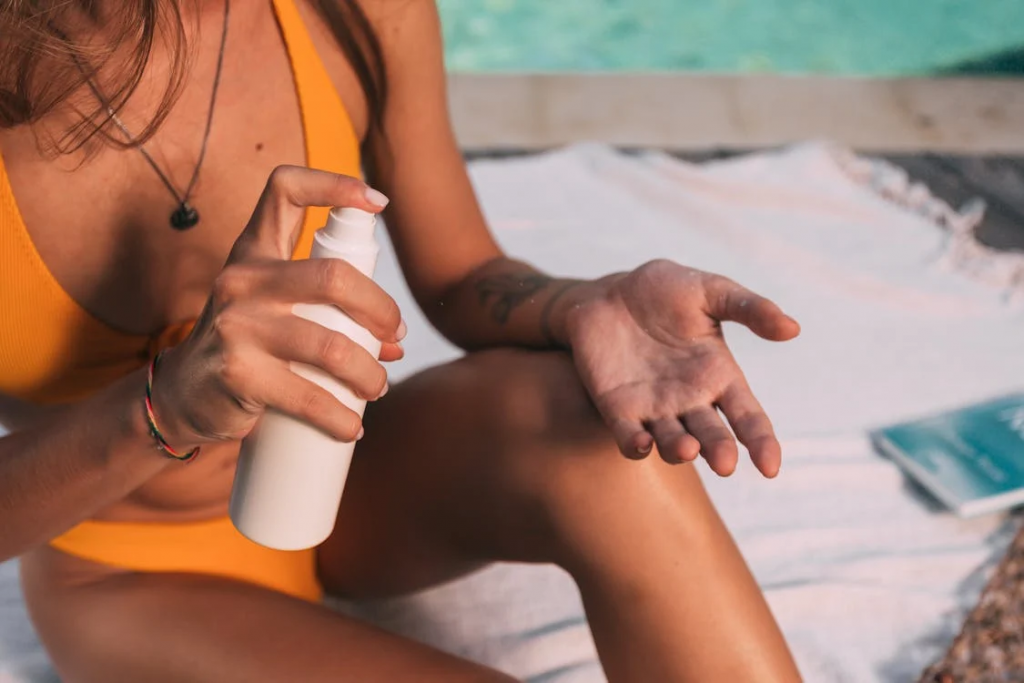Summer is a time for outdoor activities, beach trips, and enjoying the warm weather. However, it’s also a season when the sun’s ultraviolet (UV) rays are at their strongest, posing significant risks to our skin and overall health. Effective sun protection is crucial to prevent sunburn, premature aging, and skin cancer. This guide will provide you with everything you need to know about protecting yourself from the sun’s harmful rays.
Understanding UV Radiation
UV radiation is a form of electromagnetic radiation emitted by the sun. It is divided into three types: UVA, UVB, and UVC.
- UVA Rays: These rays penetrate deep into the skin and are responsible for aging and long-term skin damage. They can penetrate through clouds and glass.
- UVB Rays: These rays are responsible for sunburn and can damage the DNA in our skin cells, leading to skin cancer. They are strongest between 10 AM and 4 PM.
- UVC Rays: These rays are absorbed by the Earth’s atmosphere and do not reach the ground.
The Risks of Sun Exposure
Exposure to UV radiation can have both short-term and long-term effects on the skin.
- Short-term Effects: Sunburn, tanning, and immediate skin damage.
- Long-term Effects: Premature aging (wrinkles, fine lines, and age spots), skin cancer (including melanoma, basal cell carcinoma, and squamous cell carcinoma), and other health risks such as eye damage and immune system suppression.

Effective Sun Protection Strategies
- Avoiding Peak Sun Hours
- The sun’s rays are strongest between 10 AM and 4 PM. Try to schedule outdoor activities outside of these hours.
- If you must be outside during peak hours, seek shade whenever possible.
- Wearing Protective Clothing
- Wear long-sleeved shirts, long pants, and skirts made from tightly woven fabric.
- Darker colors offer more protection than lighter colors.
- Consider clothing with a UPF (Ultraviolet Protection Factor) label for added protection.
- Using Sunscreen
- Choose a broad-spectrum sunscreen that protects against both UVA and UVB rays.
- The SPF (Sun Protection Factor) should be at least 30.
- Apply sunscreen generously to all exposed skin 15 minutes before going outside.
- Reapply every two hours, or more often if swimming or sweating.
- Seeking Shade
- Use umbrellas, canopies, or trees to create shaded areas.
- Remember that shade provides some protection but not complete protection from UV rays.
- Using Accessories for Extra Protection
- Wear a wide-brimmed hat to protect your face, ears, and neck.
- Use UV-blocking sunglasses to protect your eyes and the surrounding skin.
- Consider using a UV-protective umbrella for additional shade.

Special Considerations
- For Children and Babies
- Children’s skin is more sensitive to UV radiation. Use sunscreen specifically formulated for children.
- Dress babies in lightweight, long-sleeved clothing and wide-brimmed hats.
- Keep babies under six months old out of direct sunlight.
- For People with Sensitive Skin
- Choose hypoallergenic sunscreens that are free of fragrances and dyes.
- Test the sunscreen on a small patch of skin before applying it to the entire body.
- For Outdoor Workers and Athletes
- Wear protective clothing and apply sunscreen regularly.
- Take breaks in the shade and stay hydrated.
Myths and Misconceptions About Sun Protection
- Myth: You don’t need sunscreen on cloudy days.
- Fact: Up to 80% of UV rays can penetrate through clouds.
- Myth: You can’t get sunburned in the water.
- Fact: Water reflects UV rays, increasing your exposure.
- Myth: A base tan protects you from sunburn.
- Fact: A tan provides minimal protection and indicates skin damage.
The Role of Diet in Sun Protection
- Foods that Boost Skin Health
- Foods rich in antioxidants, such as berries, tomatoes, and leafy greens, can help protect your skin from UV damage.
- Omega-3 fatty acids found in fish and flaxseeds can reduce inflammation and improve skin health.
- Importance of Hydration
- Staying hydrated helps maintain skin elasticity and overall health.
- Drink plenty of water, especially when spending time outdoors.
- Supplements that May Help
- Vitamin C and E supplements can enhance your skin’s natural defense against UV damage.
- Consult with a healthcare professional before starting any new supplements.

Innovations in Sun Protection
- Latest Advancements in Sunscreen Technology
- New formulations offer longer-lasting protection and are more water-resistant.
- Mineral sunscreens with zinc oxide and titanium dioxide provide effective protection with fewer chemicals.
- Wearable Sun Protection Devices
- UV-detecting wearables can alert you when it’s time to reapply sunscreen or seek shade.
- Sun-protective clothing with built-in sensors can monitor UV exposure.
- Future Trends in Sun Protection
- Research is ongoing to develop more effective and environmentally friendly sunscreens.
- Advances in nanotechnology may lead to new ways to protect the skin from UV radiation.

Sun protection is essential for maintaining healthy skin and preventing serious health issues. By understanding the risks of UV radiation and implementing effective sun protection strategies, you can enjoy the summer safely. Remember to avoid peak sun hours, wear protective clothing, use sunscreen, seek shade, and stay hydrated. With these precautions, you can reduce your risk of sunburn, premature aging, and skin cancer, ensuring a fun and safe summer.



